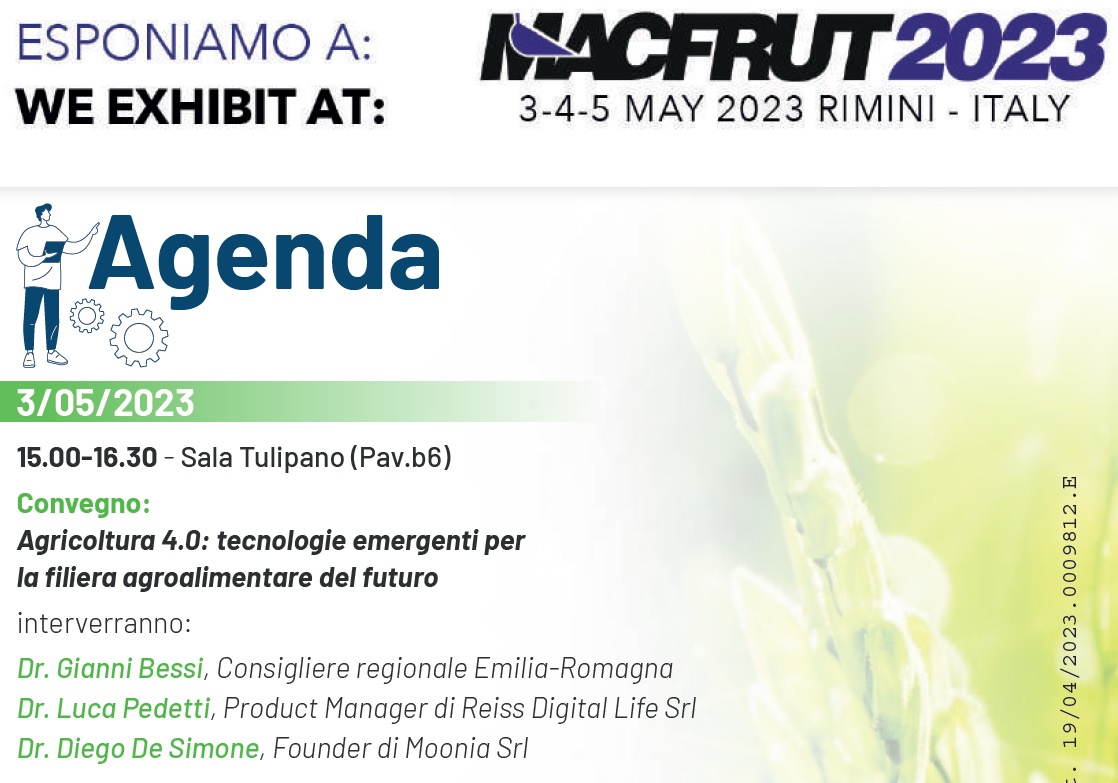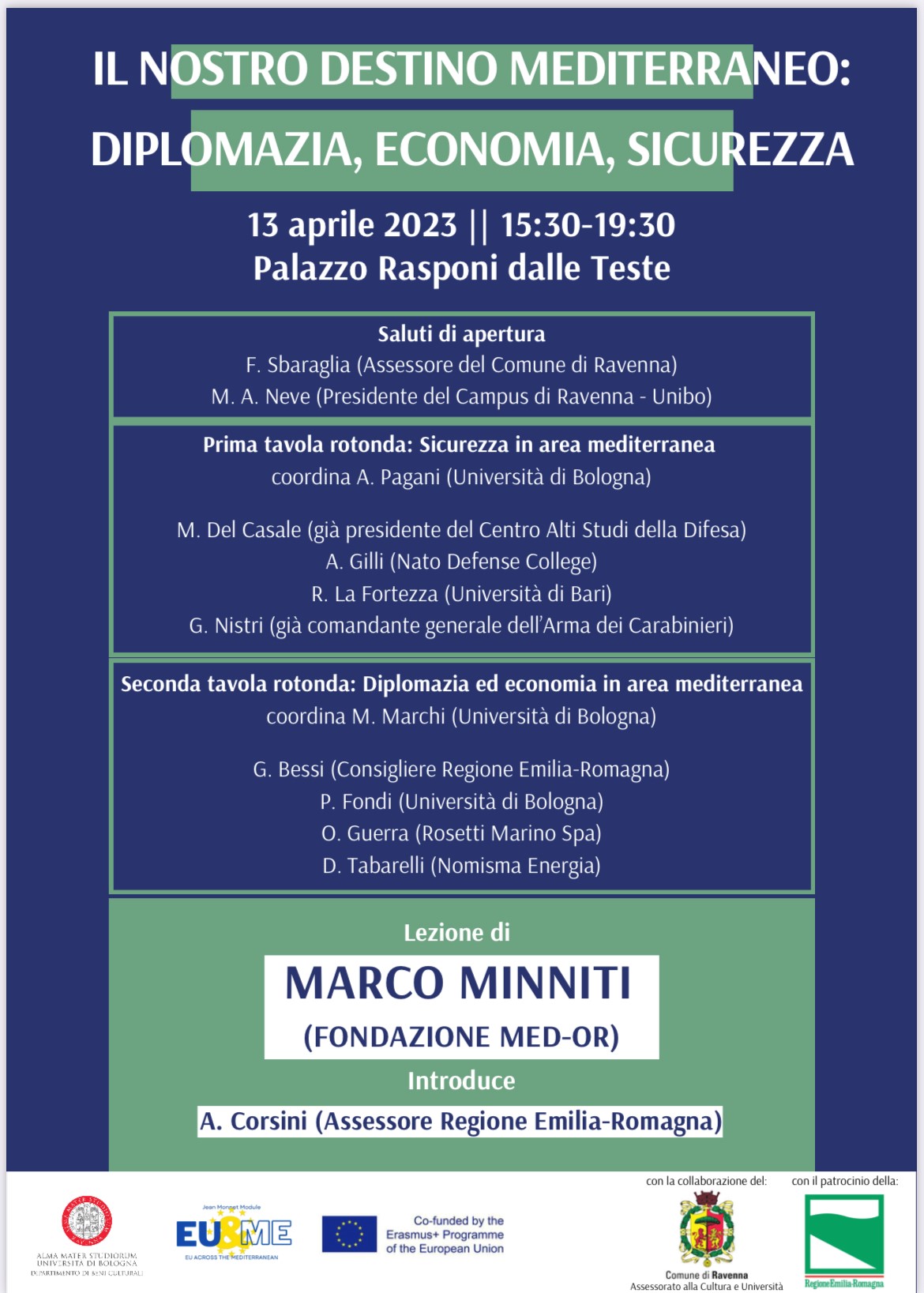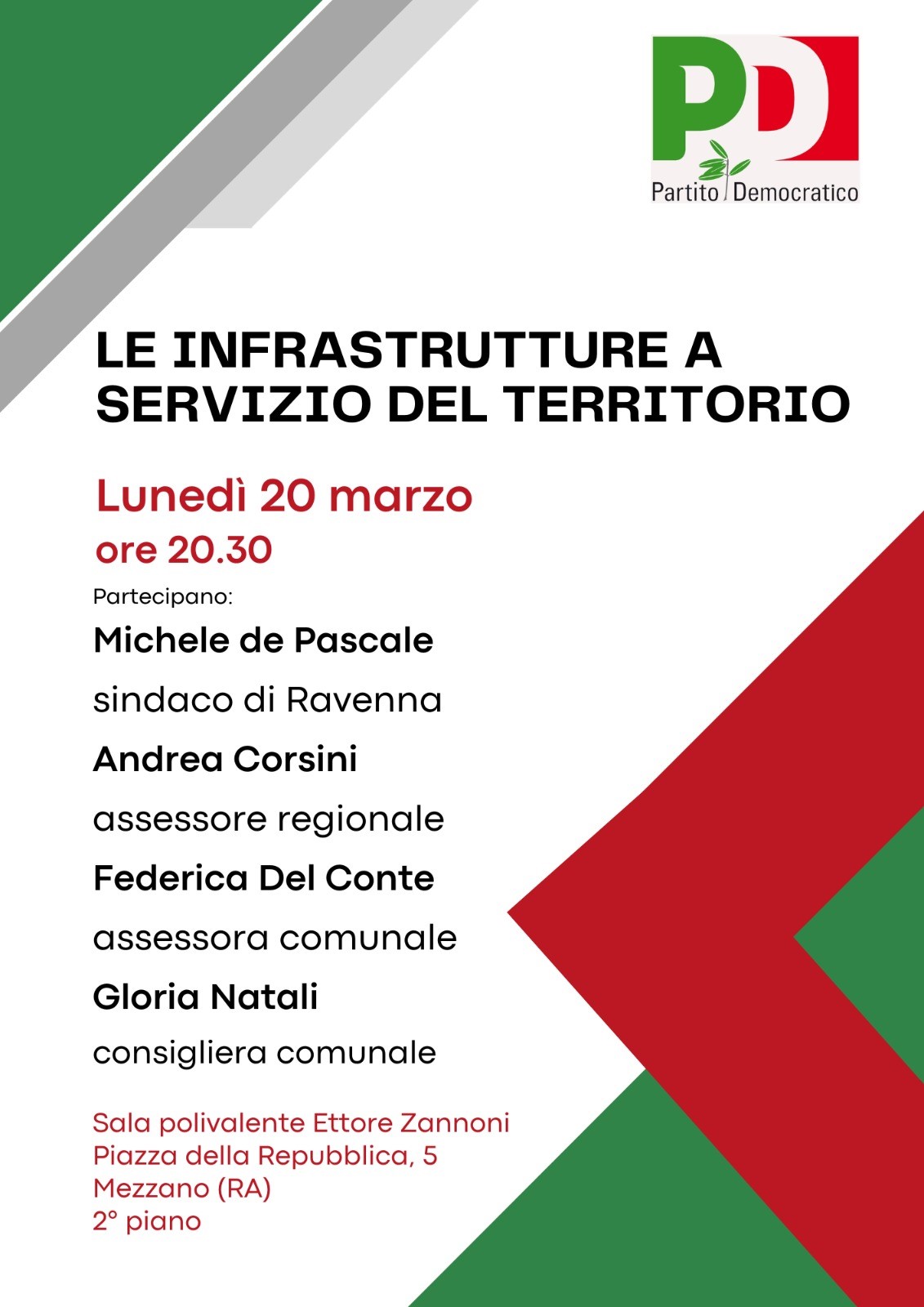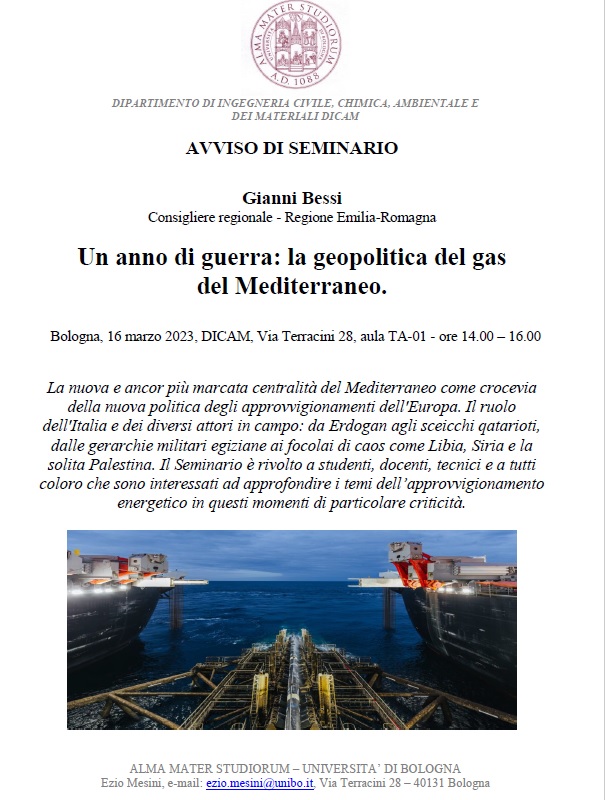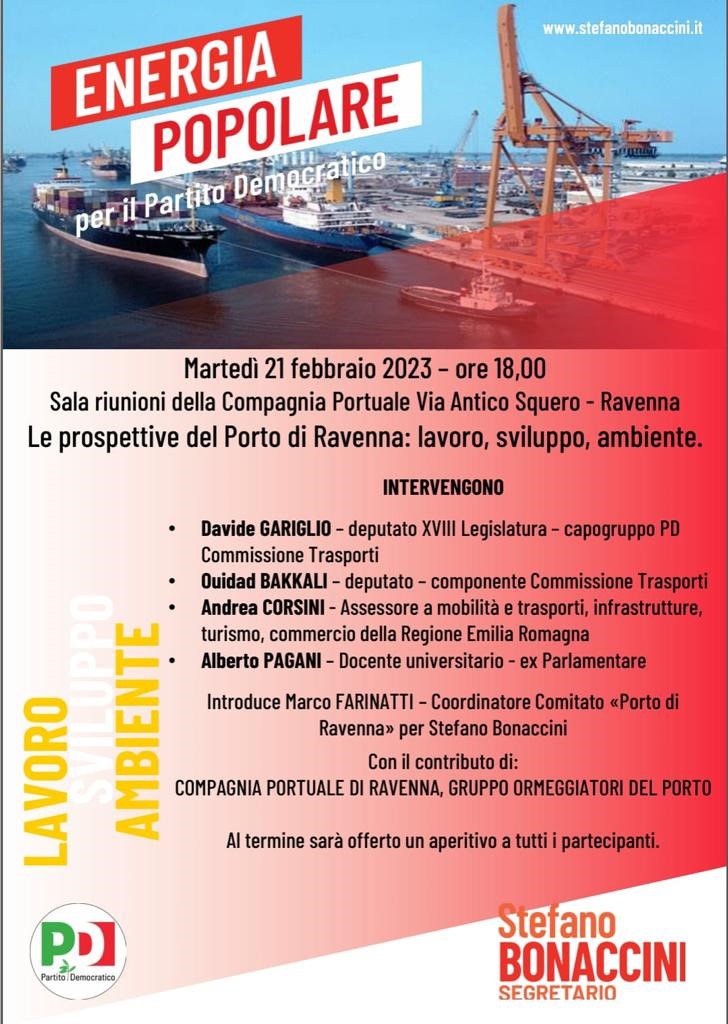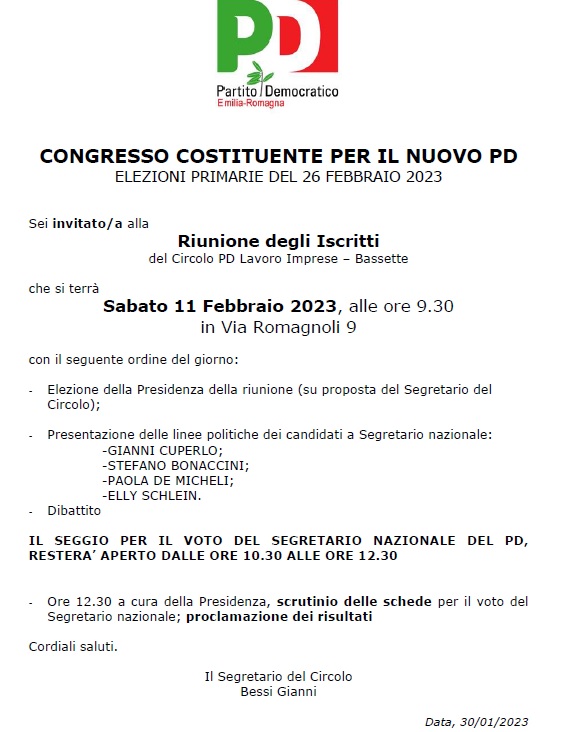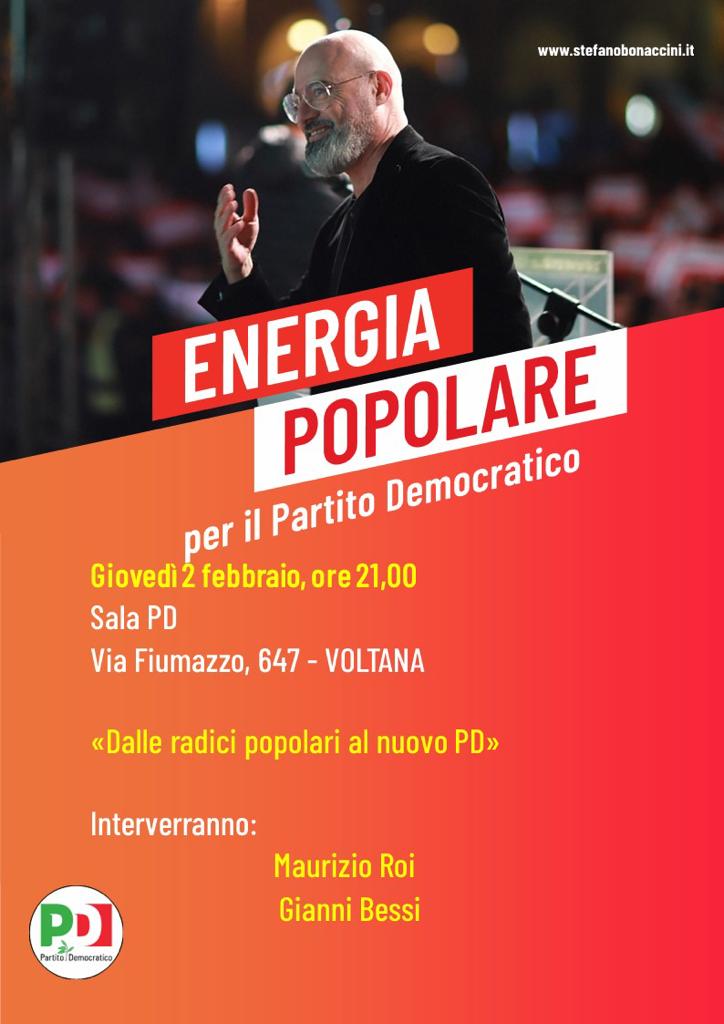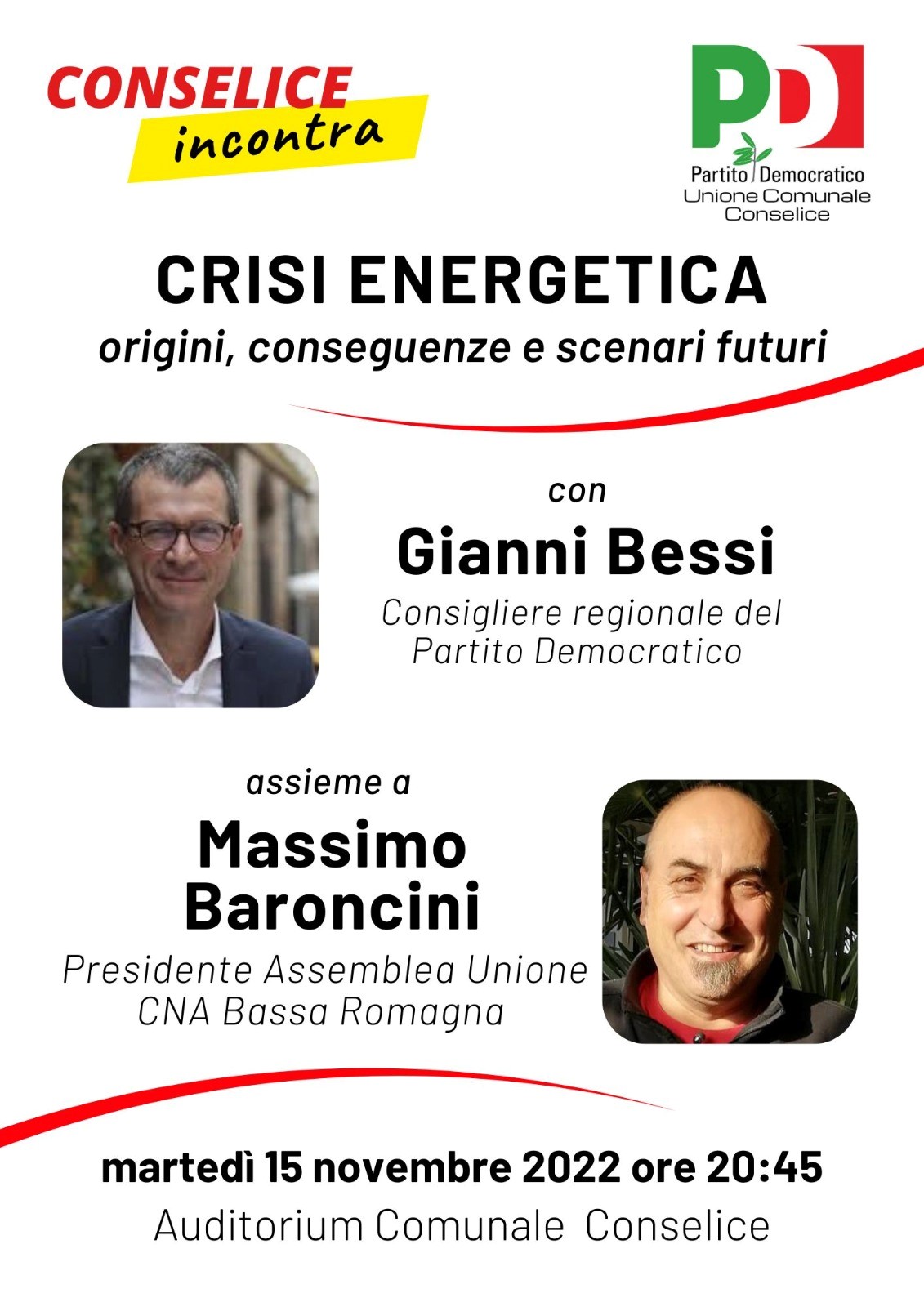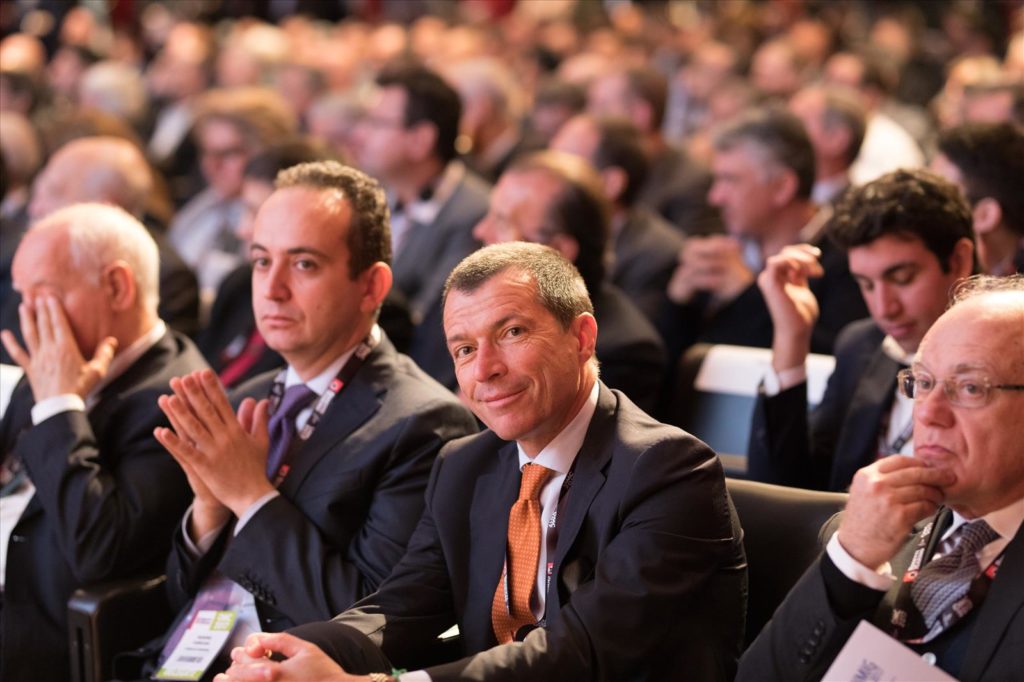 pubblicato da formiche.net il 5 aprile 2017
pubblicato da formiche.net il 5 aprile 2017
L’intervento di Gianni Bessi, consigliere regionale Pd in Emilia-Romagna
Rispetto a 50 anni fa oggi sappiamo molto di più su come l’uomo opera nell’industria, nei servizi e in ogni campo produttivo e della sostenibilità ambientale. Fra 50 anni chi si guarderà indietro concluderà che sapevamo poco o nulla. Soprattutto oggi, perché ci troviamo nella parte più ripida della curva di crescita economica, così come dell’apprendimento tecnologico e, non dimentichiamoci il termine magico, digitale. Questo coinvolge ovviamente il futuro dell’industria (che non può essere altro che 4.0) che sarà necessariamente coinvolta in tale convergenza. Un po’ di tempo fa per definire un periodo come questo si è coniato il termine “rivoluzione industriale”. Una circostanza che tra 50 anni sconterà questo tipo di lettura sarà la decisione (prossimo 6 aprile?) del futuro dell’Ilva, visti gli standard ambientali richiesti dalla procedura. Mentre oggi il rischio nell’affrontare l’argomento Ilva alla vigilia della decisione è quello di apparire “tifoso” di una o l’altra cordata AcciaItalia contro Am Investco e del derby indiano tra Mr Jindal e Mr Mittal (Arcelor).
Mi avventuro in questo rischio visto che l’ho abbondantemente già corso. Ma lo farò con una consapevolezza o, se suona meglio, una prudenza. Suggerita dalla mia idiosincrasia per la “politica degli annunci” o per l’italianità di questo o quel progetto, che mi insospettiscono sempre. Ma, ripeto, voglio prendermi questo rischio, perché c’è più gusto dirlo, anzi scriverlo prima del 6 aprile.
La rivoluzione nell’acciaio – annunciata dalle ripetute interviste di Sajjan Jindal, presidente di Jindal South West– è che se la cordata Jindal-Cdp-Arvedi-Del Vecchio vedi AcciaItalia prende Taranto integrerebbe la produzione massima consentita dal ciclo integrale tradizionale (6 milioni di tonnellate) con l’impiego del preridotto attraverso l’uso del gas nel processo di fusione, ottenendo così l’abbattimento drastico dell’uso del carbone, della co2 e delle polveri sottili, l’aumento della produzione fino al ritorno a oltre 10 milioni di tonnellate e il ritorno dell’occupazione ai numeri pre cassa integrazione di circa 10mila unità (il rapporto è 1000 unità per un milione di tonnellate). In queste condizioni il piano industriale risulterebbe economicamente e ambientalmente sostenibile e rilancerebbe Taranto come il più importante sito siderurgico dell’area mediterranea?
E quando si arriva al tema Mediterraneo la mente va subito alla cartina geografica. Tutto si rafforza se guardiamo all’Europa e alla crescita futura a due cifre dell’Africa e alle potenzialità delle prospettive del mercato dell’acciaio e di approvvigionamento di gas. Inoltre, guardando all’approvvigionamento di gas, gli occhi ritornano alla cartina geografica che rivela la vicinanza di Taranto a un’altra area del Mediterraneo, che è tornata di gran moda nel dibattito internazionale a seguito di una serie di scoperte di gas naturale nella parte orientale che potrebbero giocare un ruolo strategico per il futuro approvvigionamento europeo, cioè quella che va da Cipro all’Egitto passando per Israele. Che sono i principali Paesi interessati dai ritrovamenti. Insomma Zohr, Leviathan, Aphrodite: ovvero ii nuovi giacimenti di gas naturale scatenano attriti e avvicinano Paesi del Mare Nostrum in genere rivali, come ha scritto Formiche.net.
Ricordiamo che all’inizio dell’Unione Europea ci fu la Ceca (Comunità europea del carbone e dell’acciaio) ovvero l’intuizione di Jean Monnet e di Robert Schuman, con lo scopo di mettere in comune le produzioni di carbone e acciaio in un’Europa e superare le guerre europee. Perché oggi non pensare ad una Cega (Comunità euromediterranea del gas e dell’acciaio) con gli stessi scopi?
Belle domande. Vorrei potere salire a bordo di una Delorean e viaggiare nel futuro per guardarmi indietro e verificare se l’assunto iniziale era corretto e se oggi davvero sappiamo poco o nulla rispetto a quello che sapremo tra 50 anni.
Già, per avere le risposte servirebbe proprio fare diventare realtà il bel film “Ritorno al futuro”. Poi comunque vinca il migliore!
English version
Compared to 50 years ago today we know much more about how humans work in industry, services and in every field of production and environmental sustainability. In 50 years we will look back ending up thinking that we knew little or nothing at all. Especially nowadays that we are in the steepest part of the economic growth curve, as well as that of technological and digital development. This obviously involves the future of the industry (which may be no more than 4.0 …) that will necessarily be involved in such convergence. Some time ago the term “industrial revolution” was coined to define a time like this.
A fact that in 50 years will serve this type of reading will be the decision ( on April 6th?) about the future of Ilva, given the environmental standards required by the procedure. While today the risk of dealing with the Ilva topic on the eve of the decision is to appear ‘supporter’ of one or the other ‘district’ Am AcciaItalia against Investco and the Indian derby between Mr. Jindal and Mr. Mittal (Arcelor).
I am willing to take the risk of talking about Ilva having already gone too far … (see http://formiche.net/2017/03/01/ilva-vi-racconto-il-risiko-dellacciaio-si-cela-dietro-le- Jindal-and-a-mittal /)-moves. But I will do it with awareness or, if it sounds better, with caution suggested by my dislike for the ‘political ads’ or the Italian spirit’ towards this or that project, which makes me always suspicious. But, again, I want to take this risk, because it’s great fun to say it, or even write it before 6th April.
The revolution in steel – repeatedly announced by by Sajjan Jindal, chairman of Jindal South West in his interviews – is that if the ‘district’ Jindal- CDP – Arvedi – Del Vecchio see AcciaItalia takes Taranto, they would integrate the maximum production possibly allowed by traditional integrated route ( 6 mln ton) with the use of pre-reduced through the use of gas in the melting process, thus obtaining not only a drastic reduction of the use of coal, of co2 and of fine particles, but also an increase in production to over 10 million tons and in employment to pre checkout numbers integration of about 10,000 units (the ratio is 1000 units per one million ton). Under these conditions, the business plan would be economically and environmentally sustainable and reintroduce Taranto as the most important steel site in the Mediterranean.
And when it comes to the Mediterranean issue my mind goes immediately to the map. Everything is strengthened if we look at Europe and at the future double-digit growth in Africa and at the potentiality of the market prospects of the steel and gas supplies.
And looking at the supply of gas again the map reveals the proximity of Taranto to another area of the Mediterranean, which is back in fashion in the international debate following a series of discoveries of natural gas in the eastern part that could play a strategic role in the future of European supply, that is, the area that goes from Cyprus to Egypt through Israel, which are the main countries more interested in the findings. In short Zohr, Leviathan, Aphrodite or the new natural gas fields trigger conflicts and make those countries of the Mare Nostrum generally rivals become reconciled, as Patrizia Licata has very well explained. http://formiche.net/2017/04/02/eni-cipro -Egypt-israel /
Let’not forget that in early European Union the CECA (European Coal and Steel Community) was created thanks to the intuition of Jean Monnet and Robert Schuman, with the aim of pooling the production of coal and steel in a “Europe” and of overcoming the European wars. Why not think of a CEGA (Euro-Mediterranean Gas and Steel Community) with the same purpose nowadays?
Good questions. I wish I could get on board of a DeLorean and travel into the future to be able to look back and see if the initial assumption was correct and if indeed we now know little or nothing compared to what we will know in 50 years.
Yeah, to get the answers would just make the great movie “Back to the Future” come true …
May the best team win!
